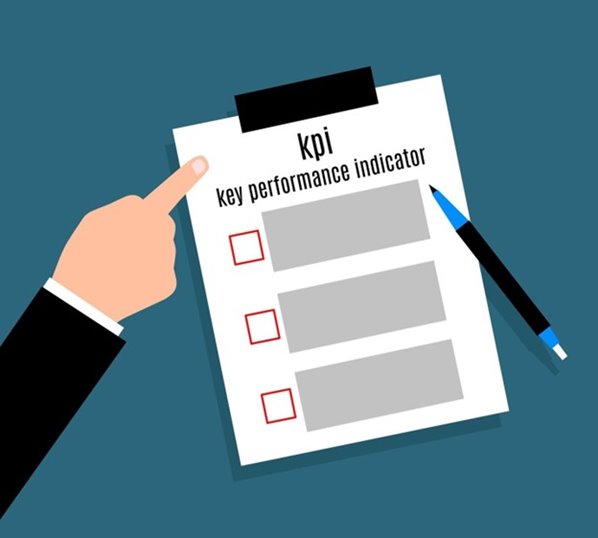
Downtimes can affect your business in many ways, including reduced productivity, customer frustrations, and lost work hours, making incident management a critical part of any business.
That’s why a proper incident management plan must have a way of tracking its effectiveness. This guide offers a guide on critical incident management your organization should track and other critical metrics for ITIL.
Critical ITIL KPIs and Metrics
Tracking your metrics is the first step towards improving critical success factors such as customer satisfaction, business continuity initiatives, project management, and the overall performance of your organization’s IT service desk.
Besides tracking, you will need to implement a practical solution to solve problems identified by the metrics.
If you are new to incident management, this service desk software can help you follow ITIL best practices by eliminating barriers to employee support services to make your IT service desk achieve the highest level of efficiency possible.
Here are key ITIL KPIs and metrics.
Mean Time Between Failures (MTBF)
MTBF is the average time between one repairable failure of a repairable tech product and another. This metric measures a product’s reliability and effectiveness and should be a critical area to look at when you want to improve productivity.
This metric is also critical when making decisions like replacing a specific gadget. If the MTBF is lower than ideal for a specific repairable item, replacing it is the best course of action.
Mean Time to Acknowledge (MTTA)
MMTA is the average time between a system alert about a problem and when a team member acknowledges it and starts working on resolving it. This metric is critical in determining how well or poorly your team responds to problems.
Once you identify the MTTA, the next step would be digging up the reason behind the figure. High MTTA could indicate overburdened technicians, distractions, or unclear task assignments. Identifying these problems can then advise the most effective solution, for example, hiring more staff or streamlining communication and task assignments.
Mean Time to Detect (MTTD)
MTTD measures the mean time between an incident and when your team detects the problem. Often this metric is applied in incidences of system compromises due to a cyber-attack.
A high MTTD can mean a lot of trouble for a business because it can mean the difference between protecting your customer’s sensitive information and having it fall into the wrong hands.
The only way to ensure that your business’s MTTD stays as low as possible is to ensure that your team stays updated on emerging threats and incorporate tools that can help detect possible threats and notify your team before a threat causes damage.
Mean Time to Repair (MTTR)
MTTR, also referred to as mean time to resolve, measures the maintainability of a repairable item. It is the average time between when a technician starts work on an item to when they are done with the repairs.
This metric is best used diagnostically by checking the reason behind specific items MTTR. If it doesn’t meet expectations, you must dig deeper and identify the root causes of an elevated MTTR.
Some factors that can influence an item’s MTTR include the extent of the damage, your team’s skill set, and available resources for maintaining the problem. Based on your findings, you can then implement measures to improve it, such as employee training, facilitation, or replacing the item.
Availability (Excluding Planned Downtime)
This metric measures the actual uptime percentage relative to planned uptime in hours. To calculate planned uptime, you need to consider an item’s service hours minus planned downtime.
This metric is also referred to as service outage duration. The higher the availability, the more the efficiency of the subject item. Decreasing availability can signify a falling item which could also advise the decision to replace it.




